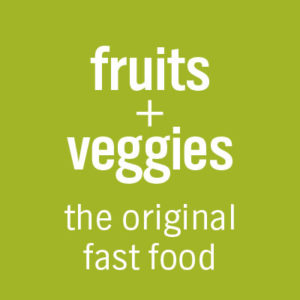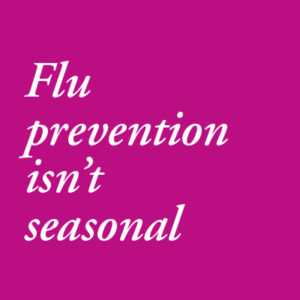
Is stress affecting your mood and sleep? Then, it’s time to push back. While being active and having hobbies can help, you can also do simple things – like take frequent breaks throughout your day.
Learning how to relax is very important, too. One technique is imagining a peaceful place in your mind and, then, thinking of all the sights, sounds and smells of that place. Or you can practice deep breathing, with a focus on slow, deep and regular breaths, or tensing and relaxing the muscles in your body. If none of these strategies work for you, find a way to relax that does. Whatever you do, take time to de-stress.

 What is pre-diabetes?
What is pre-diabetes?
 Looking for information to help? The Stronger Together website is a great starting place for people facing cancer. You can find all the site links, tools, apps and more to help you – from diagnosis to survivorship and everything in between.
Looking for information to help? The Stronger Together website is a great starting place for people facing cancer. You can find all the site links, tools, apps and more to help you – from diagnosis to survivorship and everything in between. Many of us are trying to get more fruits and veggies into our diet. Want to make it easier? Try planting your own! It can be a garden in your yard, raised beds or pots on your patio. And if you don’t have room, get your neighbors involved. Community gardens are a great way to grow healthy food and bring people together. They can be set up on empty lots or in parks and schools.
Many of us are trying to get more fruits and veggies into our diet. Want to make it easier? Try planting your own! It can be a garden in your yard, raised beds or pots on your patio. And if you don’t have room, get your neighbors involved. Community gardens are a great way to grow healthy food and bring people together. They can be set up on empty lots or in parks and schools. Flu season starts around October and usually peaks in January/February. But you can catch the flu all year long. Symptoms may be minor, like a runny nose or sore throat, or very serious – even life-threatening. Your best protection is to get the flu vaccine each year. It’s even safe for babies as young as 6 months. Talk to your doctor if you have questions or concerns about the vaccine.
Flu season starts around October and usually peaks in January/February. But you can catch the flu all year long. Symptoms may be minor, like a runny nose or sore throat, or very serious – even life-threatening. Your best protection is to get the flu vaccine each year. It’s even safe for babies as young as 6 months. Talk to your doctor if you have questions or concerns about the vaccine.

 You may not see them, but dangerous germs can be unwelcome guests at mealtime. Thousands of people die in the U.S. each year because of contaminated food. Soap
You may not see them, but dangerous germs can be unwelcome guests at mealtime. Thousands of people die in the U.S. each year because of contaminated food. Soap Deciding what to put on your plate at meal time can be hard. You want to eat healthy, but you also want to feel satisfied. The good news is that you don’t have to figure out nutritional value versus calories on your own.
Deciding what to put on your plate at meal time can be hard. You want to eat healthy, but you also want to feel satisfied. The good news is that you don’t have to figure out nutritional value versus calories on your own.